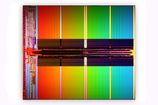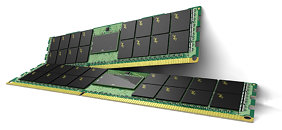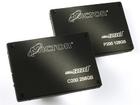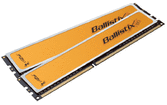Micron Technology Announces RealSSD C300, First SATA 6 Gbps SSD
Micron Technology, Inc. has raised the performance bar for SSDs. The company today announced its RealSSD C300 SSD, the industry's fastest for notebook and desktop PCs. Micron's new RealSSD C300 drive enables users to enjoy a more powerful and responsive computing experience including faster operating system (OS) boot and hibernate times, and speedier application load, data transfer and file copying.
"The C300 SSD not only delivers on all the inherent advantages of SSDs - improved reliability and lower power use - but also leverages a finely tuned architecture and high-speed ONFI 2.1 NAND to provide a whole new level of performance," said Dean Klein, vice president of memory system development at Micron.
"The C300 SSD not only delivers on all the inherent advantages of SSDs - improved reliability and lower power use - but also leverages a finely tuned architecture and high-speed ONFI 2.1 NAND to provide a whole new level of performance," said Dean Klein, vice president of memory system development at Micron.










